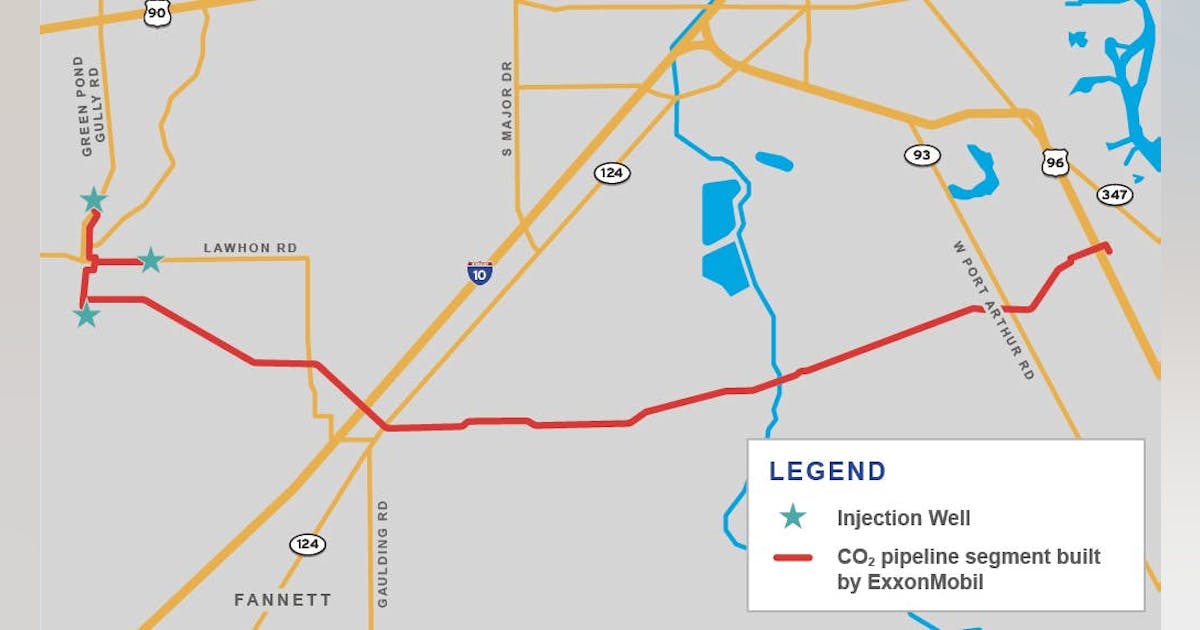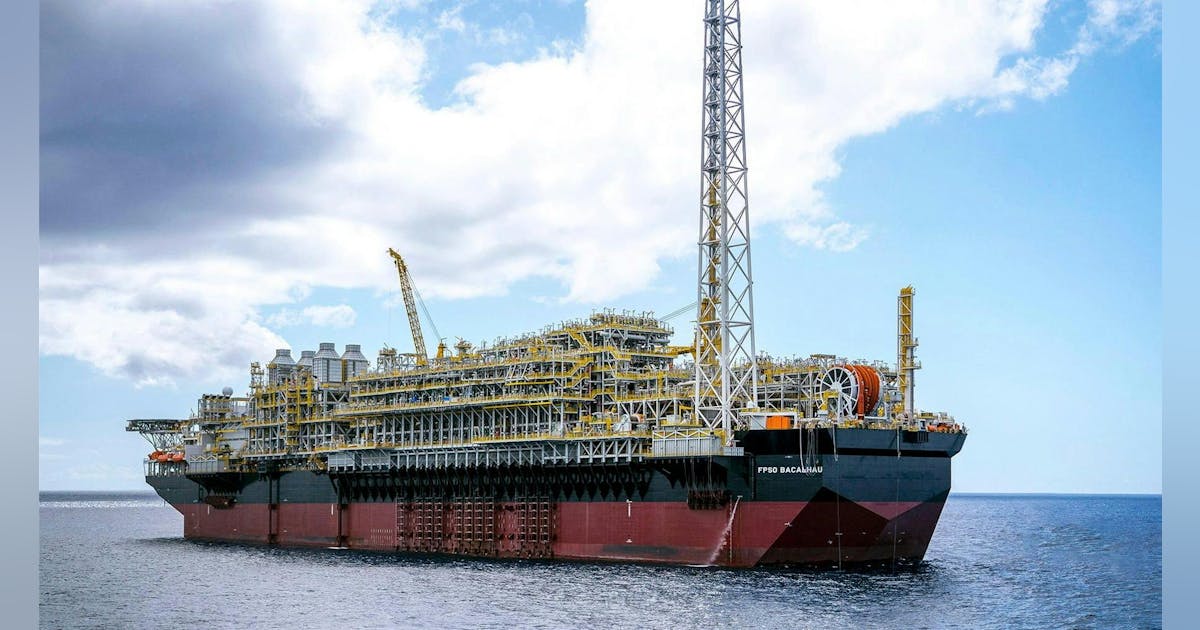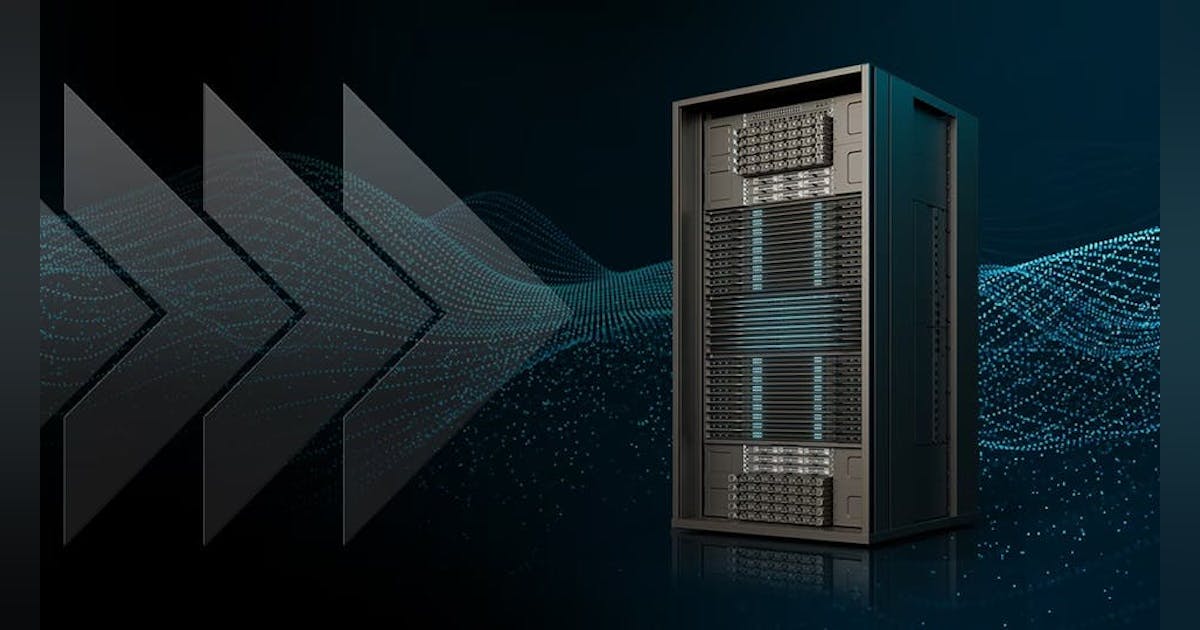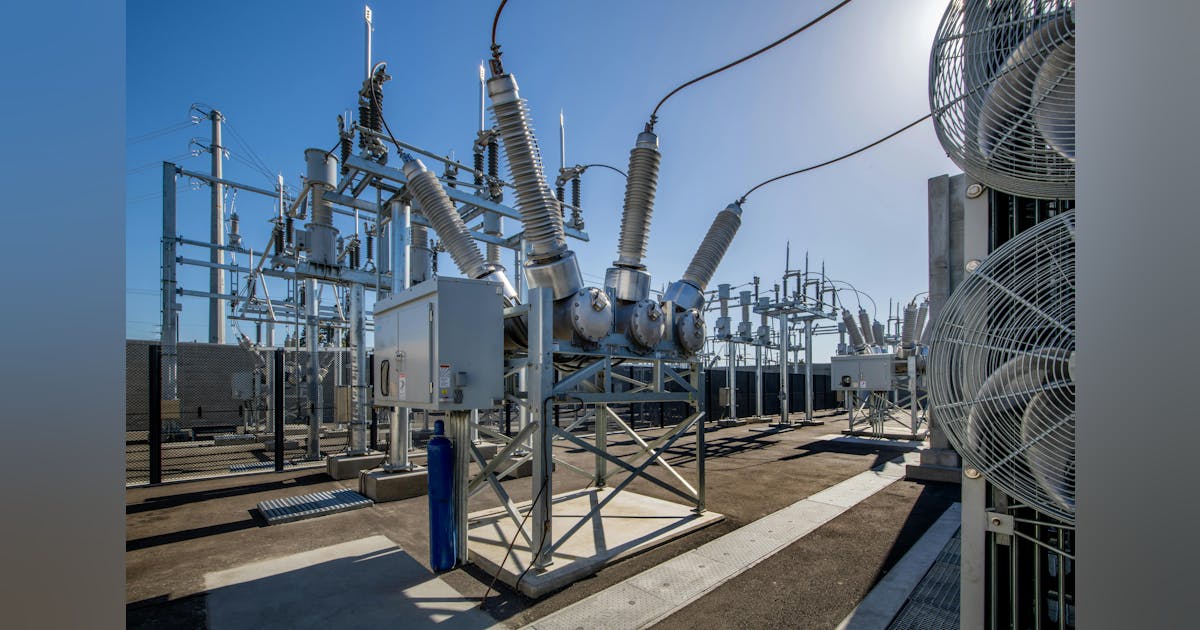
Matt Kimball, VP and principal analyst with Moor Insights and Strategy, pointed out that AWS and Microsoft have already moved many workloads from x86 to internally designed Arm-based servers. He noted that, when Arm first hit the hyperscale datacenter market, the architecture was used to support more lightweight, cloud-native workloads with an interpretive layer where architectural affinity was “non-existent.” But now there’s much more focus on architecture, and compatibility issues “largely go away” as Arm servers support more and more workloads.
“In parallel, we’ve seen CSPs expand their designs to support both scale out (cloud-native) and traditional scale up workloads effectively,” said Kimball.
Simply put, CSPs are looking to monetize chip investments, and this migration signals that Google has found its performance-per-dollar (and likely performance-per-watt) better on Axion than x86. Google will likely continue to expand its Arm footprint as it evolves its Axion chip; as a reference point, Kimball pointed to AWS Graviton, which didn’t really support “scale up” performance until its v3 or v4 chip.
Arm is coming to enterprise data centers too
When looking at architectures, enterprise CIOs should ask themselves questions such as what instance do they use for cloud workloads, and what servers do they deploy in their data center, Kimball noted. “I think there is a lot less concern about putting my workloads on an Arm-based instance on Google Cloud, a little more hesitance to deploy those Arm servers in my datacenter,” he said.
But ultimately, he said, “Arm is coming to the enterprise datacenter as a compute platform, and Nvidia will help usher this in.”
Info-Tech’s Jain agreed that Nvidia is the “biggest cheerleader” for Arm-based architecture, and Arm is increasingly moving from niche and mobile use to general-purpose and AI workload execution.






















